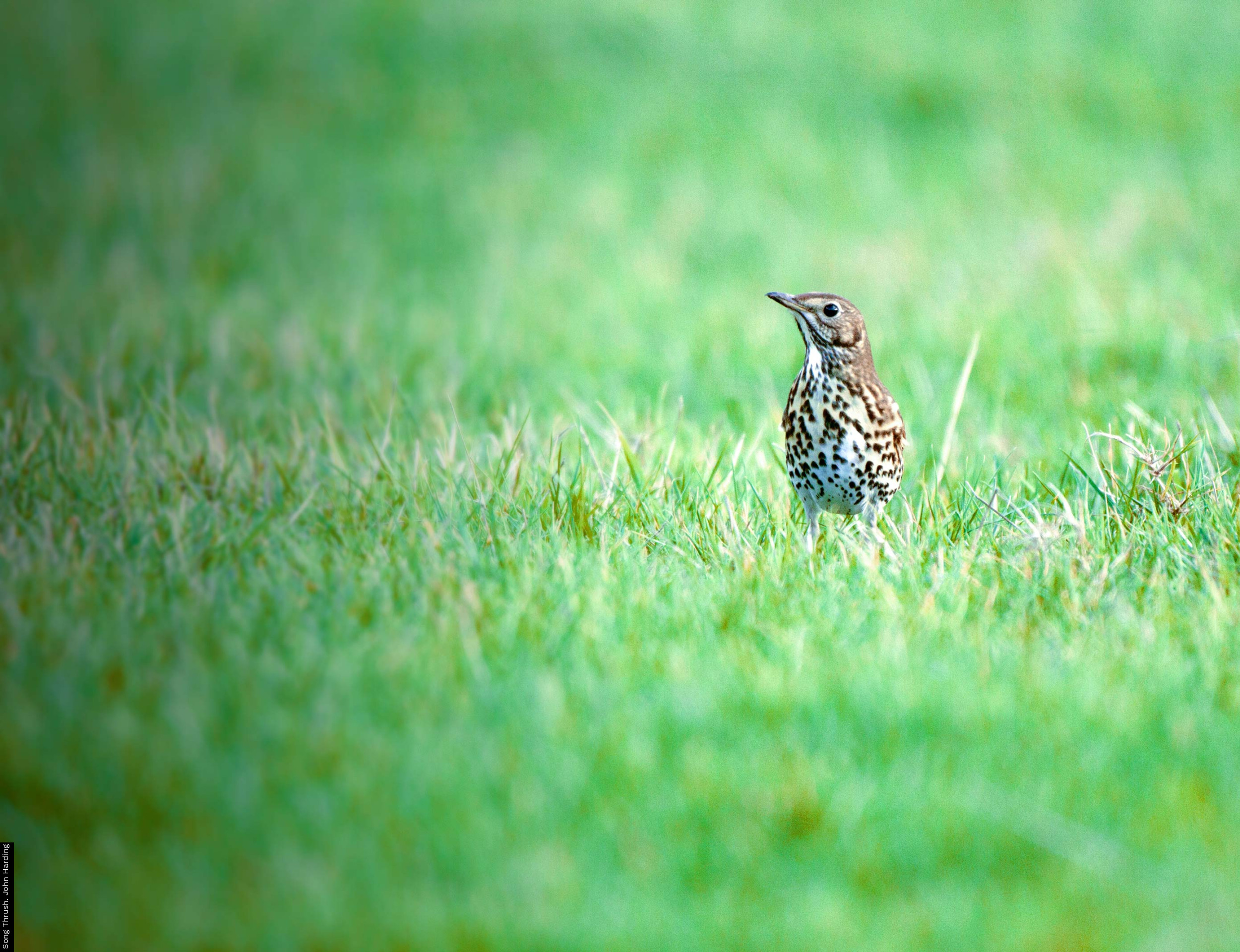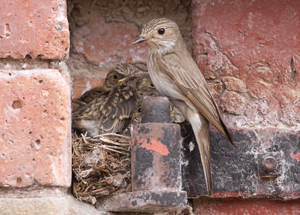Avian productivity in urban landscapes: a review and meta-analysis
Chamberlain, D.E., Cannon, A.R., Toms, M.P., Leech, D.I., Hatchwell, B.J. & Gaston, K.J. (2009).
Ibis 151: 1-18
Abstract:
There is an urgent need to thoroughly review and comprehend the effects of urbanization on wildlife in order to understand both the ecological implications of increasing urbanization
and how to mitigate its threat to biodiversity globally. We examined patterns in comparative productivity of urban and non-urban passerine birds, using published estimates from paired
comparisons, and by reviewing and developing explanations in terms of resources, competitors,predators and other specifically urban environmental factors. The most consistent patterns were for earlier lay dates, lower clutch size, lower nestling weight and lower productivity per nesting attempt in urban landscapes; these were supported by a formal meta-analysis. Nest failure rates did not show consistent patterns across the species considered. We suggest that food availability is a key driver of differences in passerine demography between landscapes. In urban habitats, human-provided food may improve adult condition over winter, leading to earlier lay dates and, in some species, to higher survival and higher breeding densities, but paucity of natural food may lead to lower productivity per nesting attempt. We demonstrate that additional comparative research is needed on a wider range of species, on the effects of natural and human-provided food availability, and on the differences in survival and dispersal between urban and non-urban populations. Importantly, better-targeted research and monitoring is needed in areas that are at greatest threat from urbanization,especially in the developing world.







Share this page